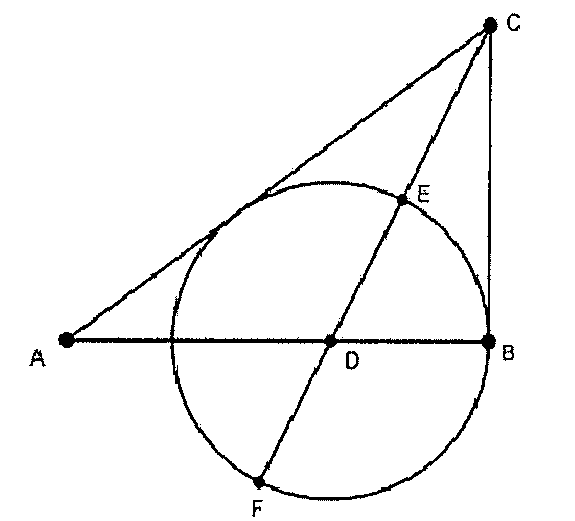Questões Militares
Nível médio
Foram encontradas 45.670 questões
Resolva questões gratuitamente!
Junte-se a mais de 4 milhões de concurseiros!
Spinach is very thin, so there's more loss of moisture and exposure to heat and oxygen compared to a carrot,_______ ?
(Adapted from https://www.bbc.com)
The Brazilian Navy _____ its new Antarctic station "Estação Antártica Comandante Ferraz" (EACF) on 15 January. The facility ______ by China National Electronic Imports and Exports Corporation (CEIEC) to replace the original EACF, which ______ by a fire in 2012. The new station_______ of laboratories, communications and meteorological modules, power generation equipment, and a living area for 64, as well as medical, healthcare, catering, and technical areas.
(Adapted from https://www.janes.com)
There are ____different opinions on how ____ water you should be drinking every day. Health authorities commonly recommend eight 8- ounce glasses, which equals about 2 liters, or half a gallon. This is called the 8x8 rule and is very easy to remember. However, _____ health gurus believe that you need to sip on water constantly throughout the day, even when you're not thirsty. As with most things, this depends on the individual. _____ factors (both internal and external) ultimately affect your need for water.
(https://www.healthline.com)
It is important that female navy officers are now commanding vessels, not only because of ________ achievement in and of itself, but also because ________ types of posts will help ______ advance even more in ______ careers.
(Adapted from http://cimsec.org)
I- Who does this pencil belong to? Il- Who read a book last week? III- Where did your mother born? IV- What about are they talking? V- What fell on the floor yesterday?
Choose the correct option.
Renew or replace your adult passport
You ______ be aged 16 or over (or turning 16 in the next 3 weeks). if you want an adult passport. There's a different process to get a passport for a child.
The rules for passports, drivlnq, pet travel and more ______ change from 1 January 2021. Act now so you _____ travel as planned.
If you're in the UK you _____.
-renew your passport if it's expired or will expire soon; - replace your passport if it's been lost, stolen or damaged; - change the details on your passport.
(Adapted from <https://www.gov.uk/renew-adult-passport>)






 em que s representa o conjugado de
z, além de 7 respostas de outros exercícios que não
envolvem números complexos. Feito isso, ele colocou
todas as respostas em uma urna. Calcule a probabilidade
de um amigo de Douglas retirar uma solução qualquer que
apresente uma solução complexa. Suponha que a chance
de retirar qualquer papelzinho da urna seja a mesma.
em que s representa o conjugado de
z, além de 7 respostas de outros exercícios que não
envolvem números complexos. Feito isso, ele colocou
todas as respostas em uma urna. Calcule a probabilidade
de um amigo de Douglas retirar uma solução qualquer que
apresente uma solução complexa. Suponha que a chance
de retirar qualquer papelzinho da urna seja a mesma. 


 , onde i é a unidade imaginária. O valor máximo de
, onde i é a unidade imaginária. O valor máximo de  é igual a:
é igual a: